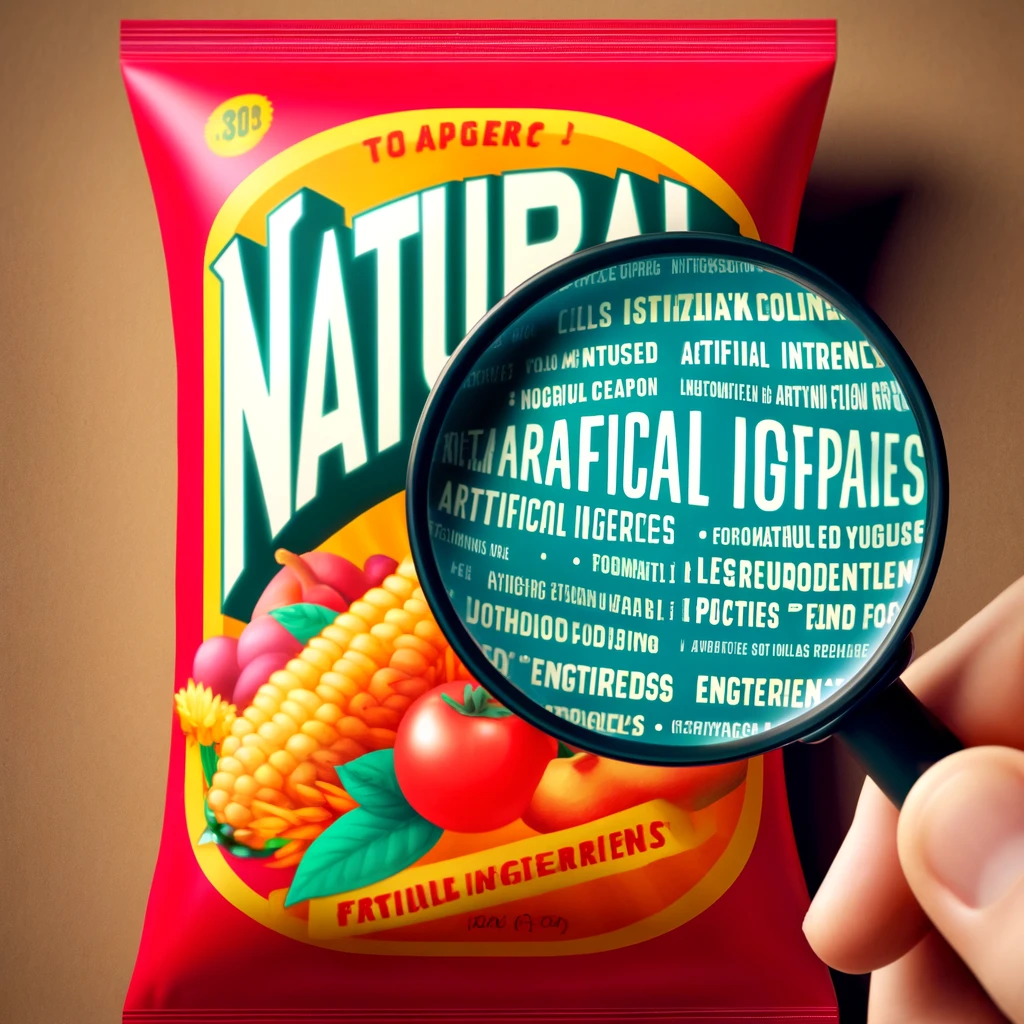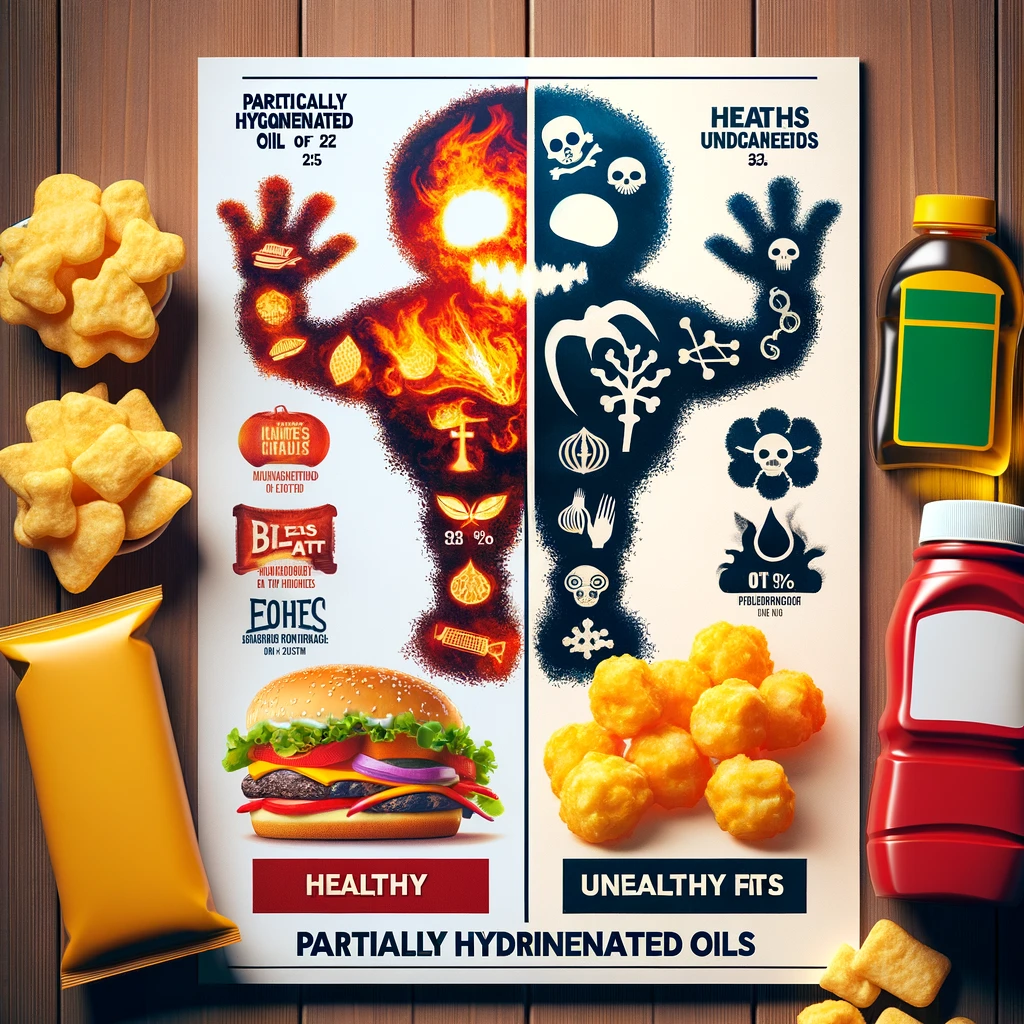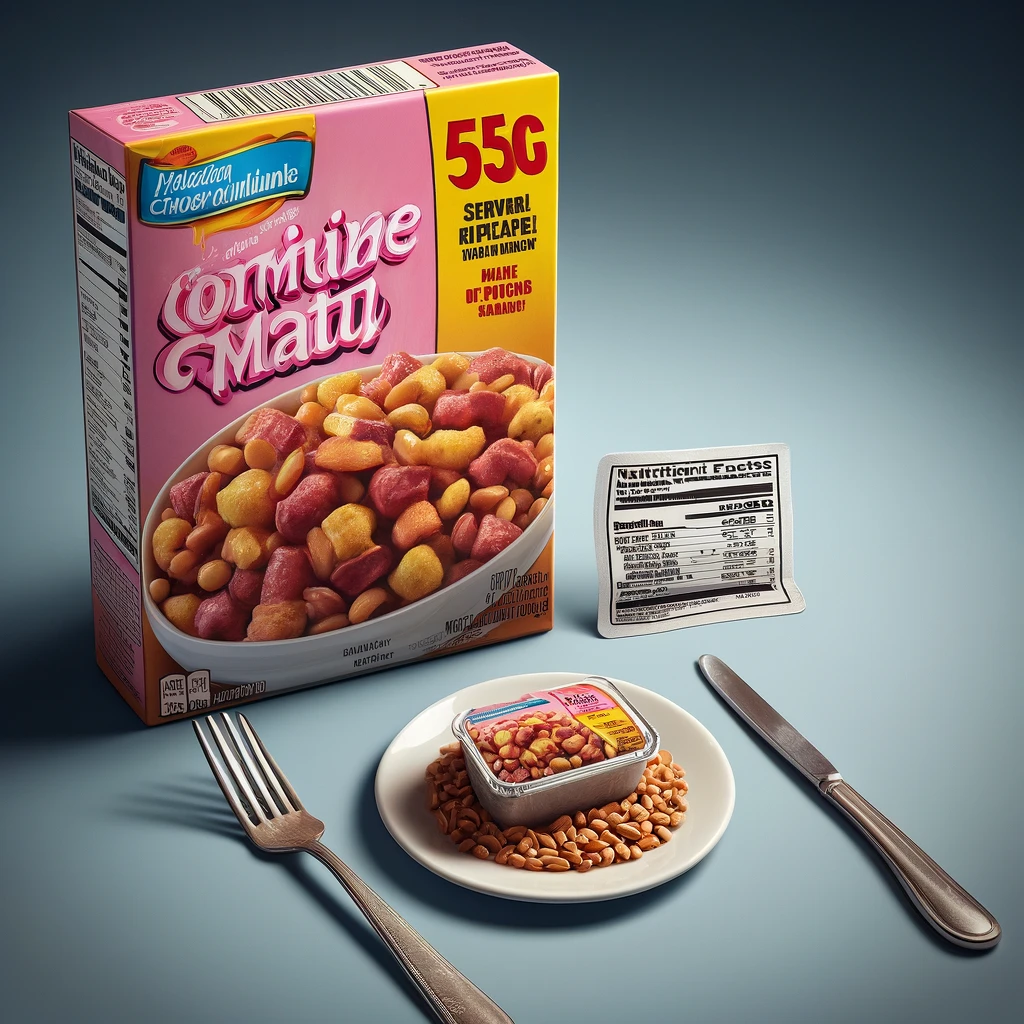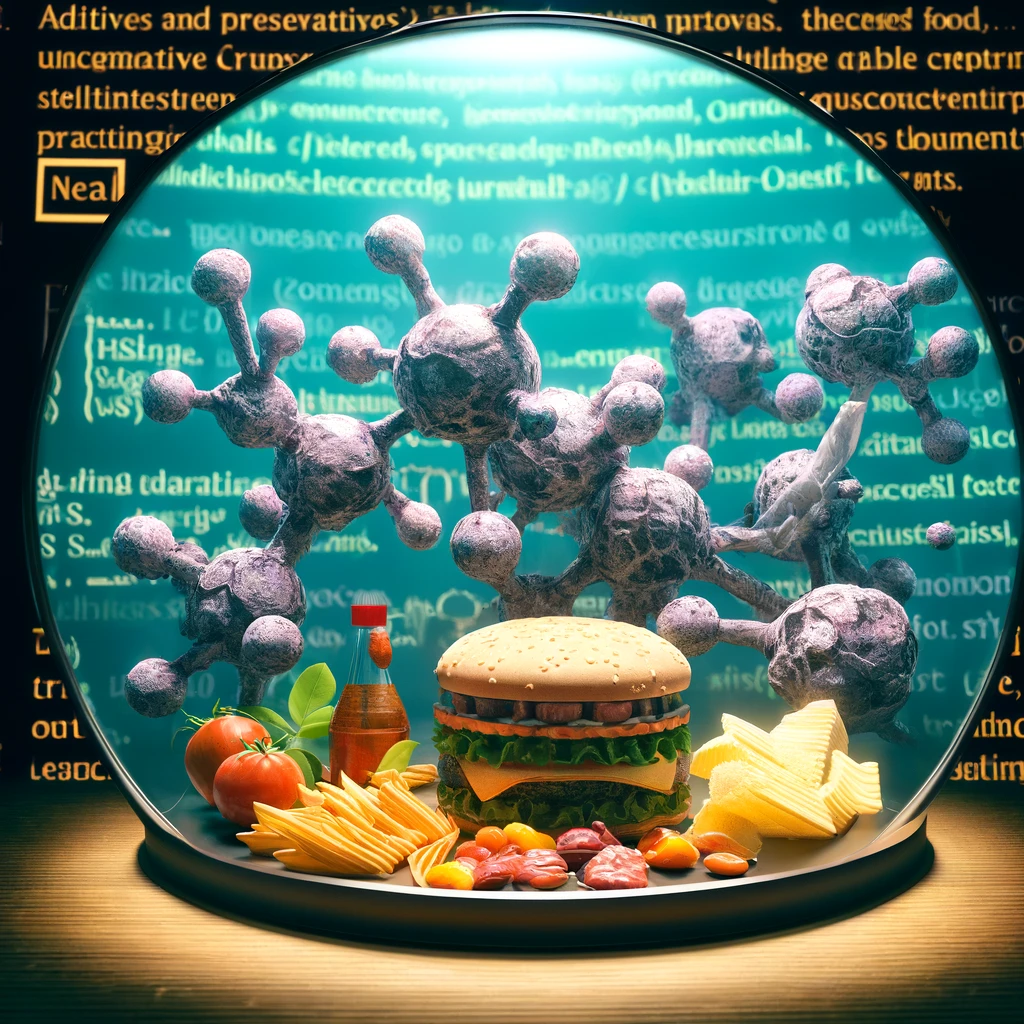
Behind the Barcode: 10 Shocking Secrets the Packaged Food Industry Hides from You
In the labyrinth of grocery store aisles, packaged foods present themselves as the epitome of convenience and tastiness, often masquerading under the guise of healthiness and nutritional value. However, lurking behind the shiny wrappers and catchy slogans are secrets the food industry would rather keep under wraps. From deceptive labeling practices to the unsettling truth about what really goes into your favorite snacks, this eyeopening gallery unveils the 10 dirty secrets hidden behind the barcode. Brace yourself as we peel back the layers of the packaged food industry and reveal what they've been keeping from you – it's time to become an informed consumer.
 1-The Misleading Magic of "Natural"
1-The Misleading Magic of "Natural"The term "natural" on food packaging is not strictly regulated, often leading consumers to believe these products are healthier or contain no artificial ingredients, when in fact they can still contain processed sugars, chemicals, and genetically modified organisms (GMOs).
 2-Trans Fats in Disguise
2-Trans Fats in DisguiseDespite being linked to heart disease, trans fats are still present in some packaged foods. Food manufacturers can label their products as "trans fat-free" if they contain less than 0.5 grams per serving, hiding their presence under terms like "partially hydrogenated oils."
 3-Sugar by Any Other Name
3-Sugar by Any Other NameSugar appears under numerous aliases on ingredient lists, such as fructose, sucrose, corn syrup, and dextrose, among others. This practice can make it difficult for consumers to recognize the actual sugar content of their food.
 4-Serving Size Shenanigans
4-Serving Size ShenanigansThe serving sizes listed on packaging often do not reflect the typical consumption habits, making products seem less caloric and more nutritious than they are if consumed in the quantities people actually eat.
 5-Hidden Additives and Preservatives
5-Hidden Additives and PreservativesMany packaged foods contain additives and preservatives to extend shelf life and enhance flavor, color, or texture. Some of these chemicals have been linked to health issues, but they can be hard to identify due to vague labeling or being listed under unfamiliar names.
 6-Calorie Counting Confusion
6-Calorie Counting ConfusionPackaging can mislead consumers about the caloric value of the food they're eating, with visual presentation and marketing emphasizing one "healthy" attribute to distract from high calorie, sugar, or fat content.
 7-The Illusion of Diversity
7-The Illusion of DiversityA handful of large corporations own the majority of smaller, seemingly independent food brands. This creates an illusion of choice and diversity in the market while centralizing consumer options under a few corporate umbrellas.
 8-The Myth of Fortification
8-The Myth of FortificationFoods advertised as "fortified" with vitamins and minerals often suggest a nutritional benefit. However, the bioavailability of these added nutrients can be significantly lower than their naturally occurring counterparts in whole foods, making the benefits minimal.
 9-Ethical Quandaries
9-Ethical QuandariesThe ethical practices behind the production of packaged foods, including environmental sustainability, labor conditions, and animal welfare, are often opaque, with the cheerful packaging hiding a potentially unethical production process.
 10-Expiration Date Mysteries
10-Expiration Date MysteriesThe dates printed on food packaging—such as "sell by," "use by," and "best before"—can be confusing, leading to unnecessary food waste. These labels are not standardized and can be missleading
Advertisements


